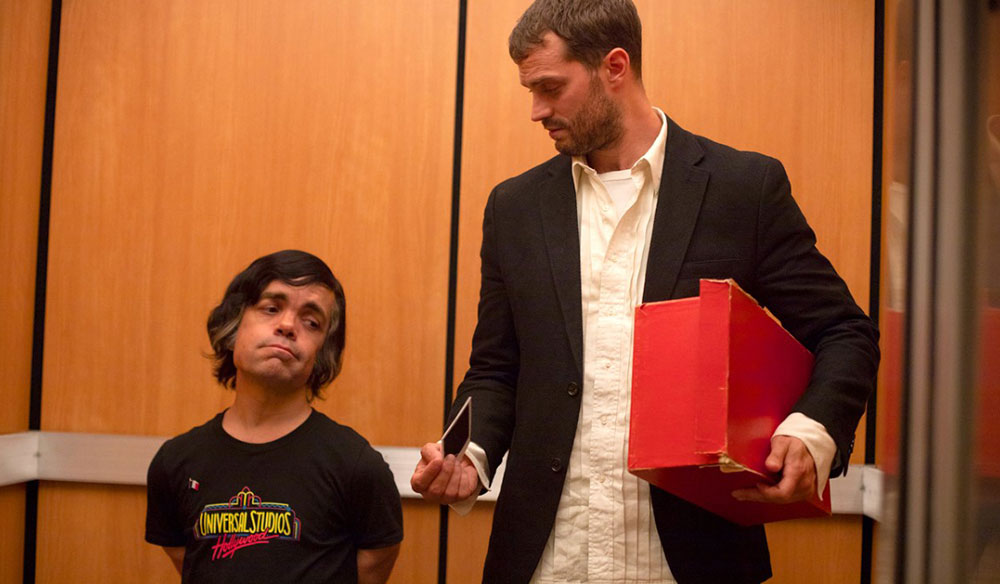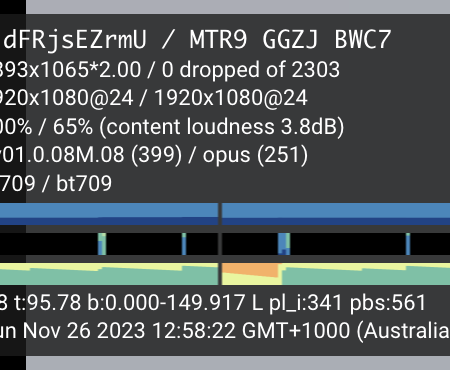Get ready to dive into the world of Wally Pfister, the Academy Award-winning cinematographer known for his collaborations with director Christopher Nolan. Together, they’ve created some of the most awe-inspiring films of our time, including Memento, The Dark Knight Trilogy, Insomnia, Inception, and The Prestige. But Pfister’s work extends beyond Nolan’s films, with credits on movies like The Italian Job, Moneyball, and even his own directorial debut, Transcendence.
What sets Pfister apart is his ability to create breathtaking visuals that are both personal and audience-focused. His high-concept ideas and visceral action sequences are rooted in the hustle of documentary filmmaking and the grind of working hands-on as a humble camera man. And in this breakdown of his work, we’ll explore what makes a Wally Pfister film a Wally Pfister film, and see what lessons his work has to offer anyone who aspires to use cinematography as a means to capture chaos and create worlds.
One of Pfister’s signature techniques is his use of anamorphic and IMAX formats to create big, immersive experiences for audiences. But how does he seamlessly transition between the two? His advice is simple: “focus on the center.” By directing the viewer’s focus in a way that enables them to follow the story, Pfister is able to create stunning visuals that keep audiences engaged.
Another hallmark of Pfister’s work is his use of wide-angle lenses to establish vast, often exotic settings, and build complex, highly designed worlds that immediately draw audiences in. And when it comes to action scenes, Pfister’s camera is always in motion, but never out of control. He carefully choreographs each shot to capture the chaos of the scene while maintaining a sense of control.
But perhaps the most important lesson we can learn from Pfister is to always respect the story. As a cinematographer, he sees himself as a storyteller above all else, using lighting, composition, and empathetic camera movement to enhance the final product. And whether you’re an aspiring filmmaker or a seasoned pro, that’s a lesson we can all take to heart.







